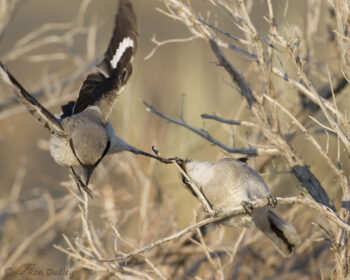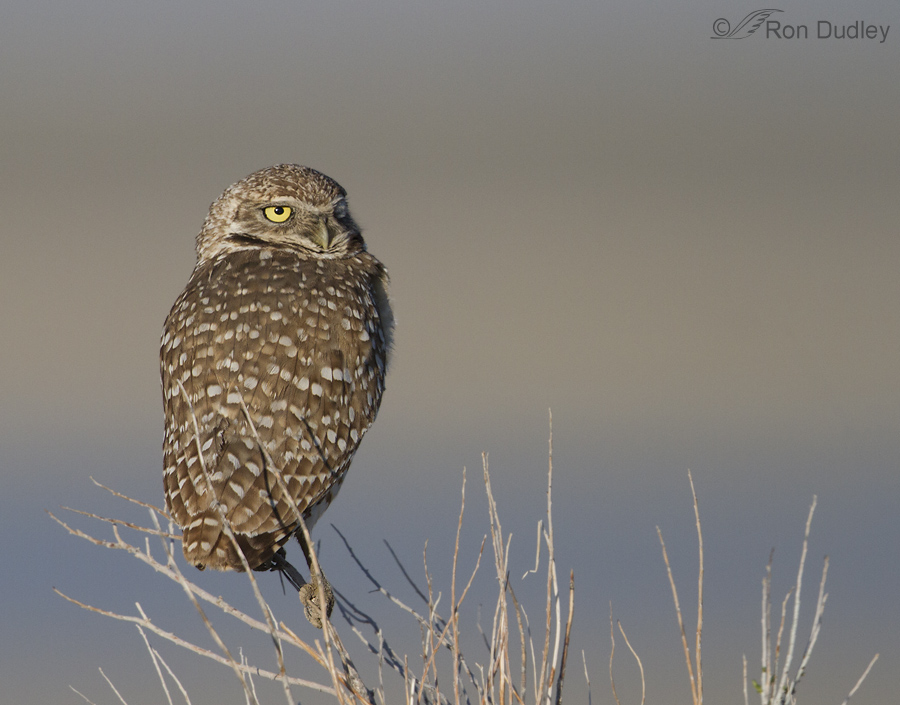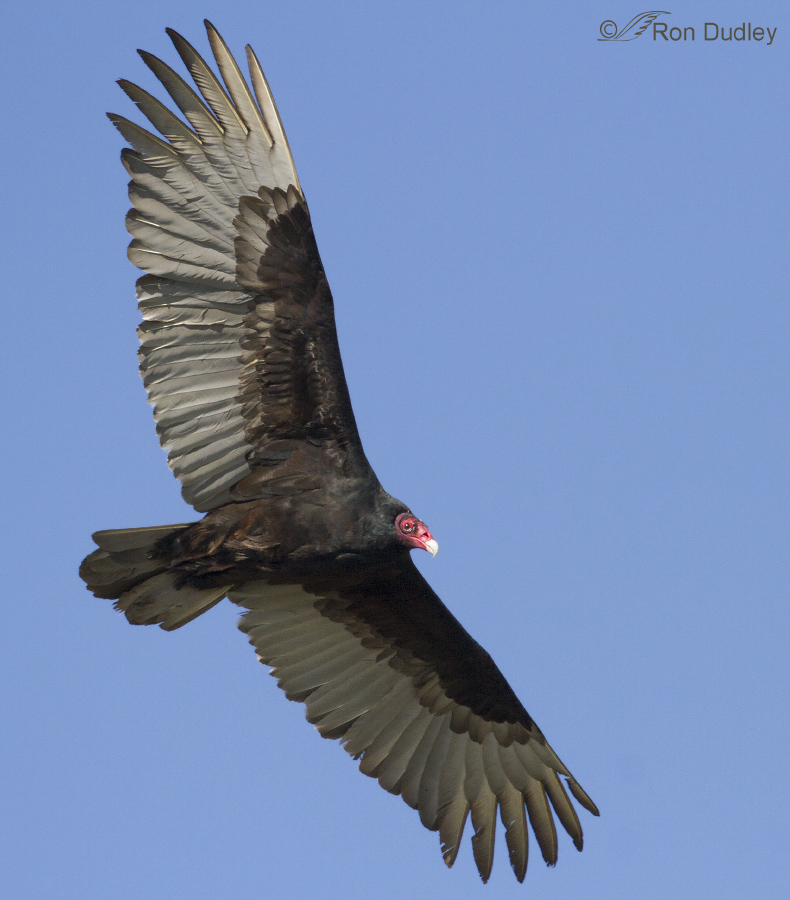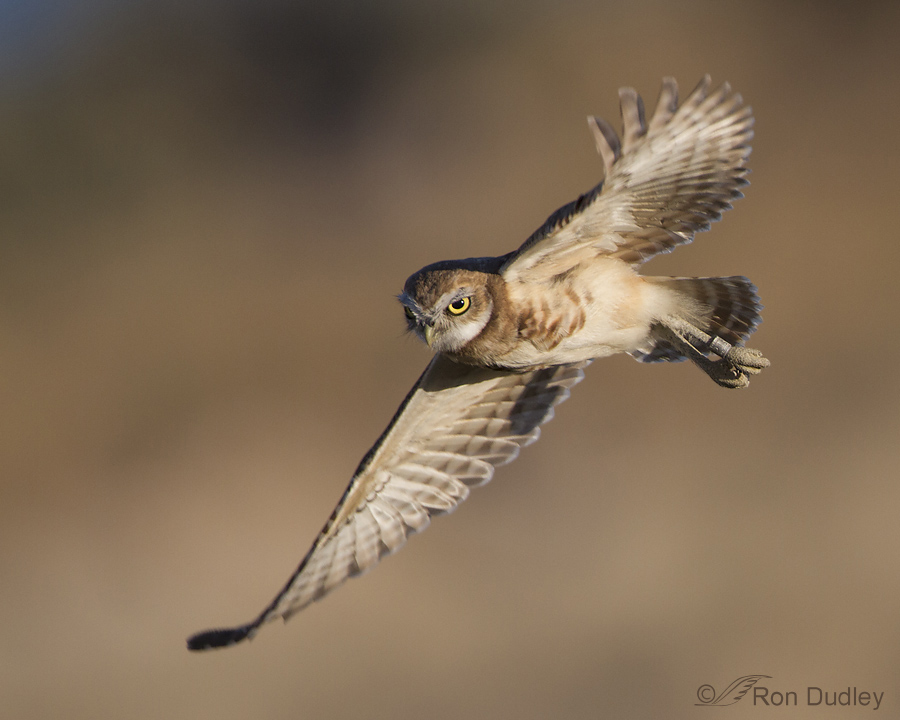Tag: banding
Bird Banding – A Necessary Evil?
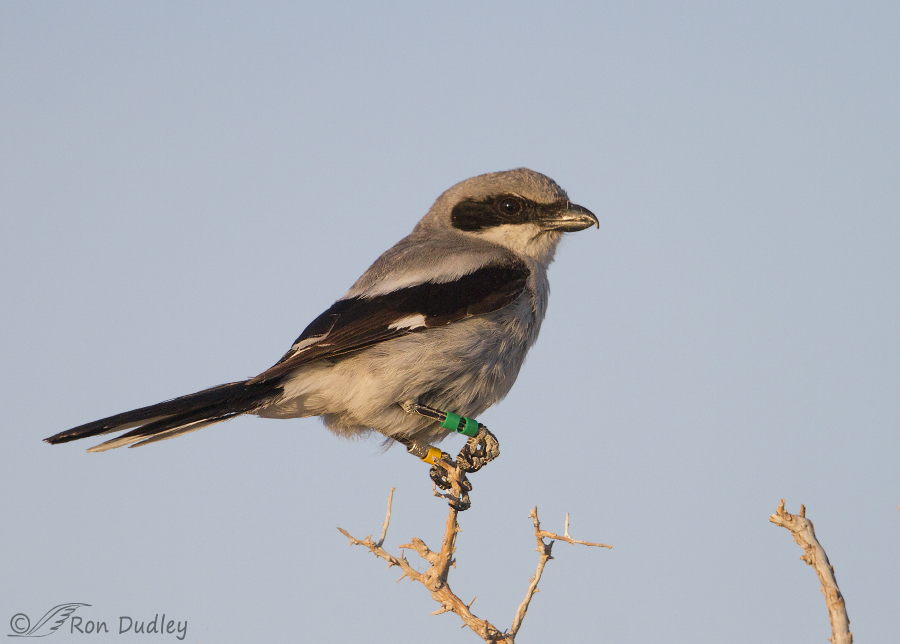
For the first six years of my bird photography “career” I rarely encountered banded birds but in the last two years or so I encounter them regularly, some species more than others. Usually when I see a bird with bands or transmitters strapped to their backs I don’t even click the shutter except for documentation purposes.
Two Contrasting Burrowing Owls
Turkey Vulture
Burrowing Owls And Banding
Banded Prairie Falcon – A Fascinating Update
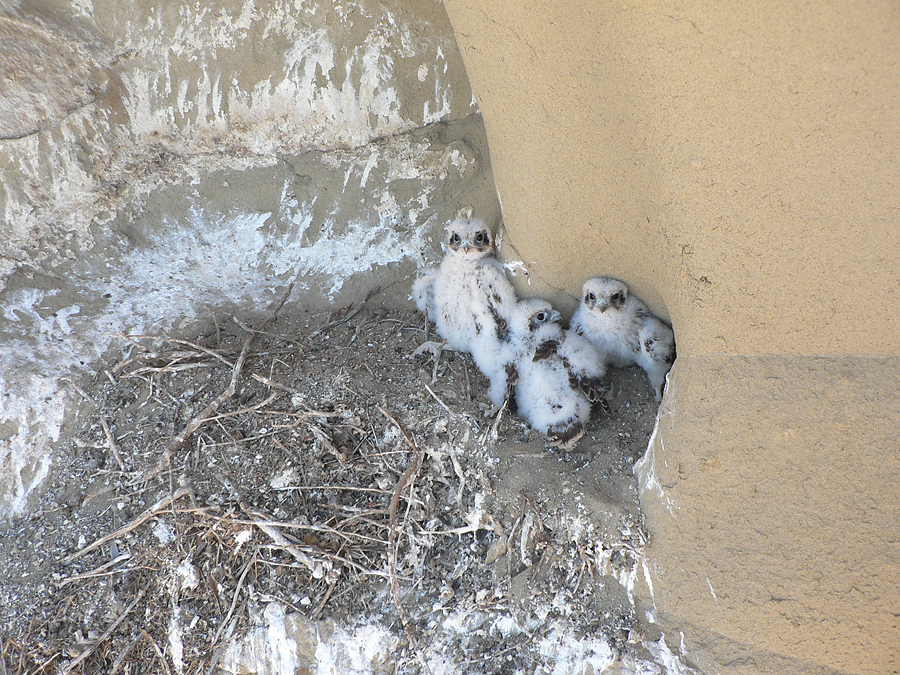
Two days ago I posted about a very tame juvenile male Prairie Falcon I photographed last week in the Centennial Valley of Montana. The bird had two bands and I was extremely curious about where, when and why the falcon was banded and by whom so I asked for any insight my readers might have about the bands. Several of you jumped in with advice and suggestions, for which I’m much appreciative. But it was the superb sleuthing of my friend Mike Shaw that paid huge dividends. Mike did some research and learned that the colored band on the falcon (left foot) was issued to Doug Bell, Wildlife Program Manager for East Bay Regional Park District out of Oakland, California. On Tuesday, figuring that Doug might be interested in knowing that his California bird was now in the wilds of Montana, I emailed him with a link to that blog post and an offer to supply any more information about my encounter with that bird that he’d be interested in. I also asked him if he might tell me a little about his experience with the falcon. Yesterday Doug responded generously with information and photos. Since many of my readers expressed an interest in knowing about the history of this young bird I decided to update you with a new post rather than add an addendum to the previous post that many might not see. Besides, there’s a lot of new “stuff” here. Image property of East Bay Regional Park District – used by permission Doug and his team banded “my” Prairie Falcon…
The Banded Burrowing Owls Of Antelope Island
Populations of Burrowing Owls in North America are in sharp decline. They are an Endangered Species in Canada where only about 800 pairs remain as there has been a 73% drop in their numbers in that country over the last 30 years. They are a species of “special protection” in Mexico and they are “listed” in 9 of the 18 western states in the U.S. that they still occupy. The reason for this disastrous decline is not well understood, but “human activity” is strongly suspected. In order to get a better handle on what is happening to them, multiple banding studies are in progress and that includes Antelope Island. 1/2000, f/6.3, ISO 500, 500 f/4, 1.4 tc, natural light, shot from pickup window, not baited, set up or called in I first noticed banded juvenile Burrowing Owls on the island this past summer. Out of about a dozen juveniles in one area, several of them were banded but it was difficult to get a precise number because they’re hard to tell apart when some are in their burrows and the rest are flying all over the area. Most of the photos I have of banded owls were taken in early morning light but this one was taken later in the day (as you can tell by the position of the catch light and the angle of the shadows on the eyes), so the light was brighter and harsher. 1/1600, f/6.3, ISO 500, 500 f/4, 1.4 tc, natural light, shot from pickup window, not baited, set up…
Bird Banding – A Necessary Evil?

For the first six years of my bird photography “career” I rarely encountered banded birds but in the last two years or so I encounter them regularly, some species more than others. Usually when I see a bird with bands or transmitters strapped to their backs I don’t even click the shutter except for documentation purposes.
Two Contrasting Burrowing Owls
Turkey Vulture
Burrowing Owls And Banding
Banded Prairie Falcon – A Fascinating Update

Two days ago I posted about a very tame juvenile male Prairie Falcon I photographed last week in the Centennial Valley of Montana. The bird had two bands and I was extremely curious about where, when and why the falcon was banded and by whom so I asked for any insight my readers might have about the bands. Several of you jumped in with advice and suggestions, for which I’m much appreciative. But it was the superb sleuthing of my friend Mike Shaw that paid huge dividends. Mike did some research and learned that the colored band on the falcon (left foot) was issued to Doug Bell, Wildlife Program Manager for East Bay Regional Park District out of Oakland, California. On Tuesday, figuring that Doug might be interested in knowing that his California bird was now in the wilds of Montana, I emailed him with a link to that blog post and an offer to supply any more information about my encounter with that bird that he’d be interested in. I also asked him if he might tell me a little about his experience with the falcon. Yesterday Doug responded generously with information and photos. Since many of my readers expressed an interest in knowing about the history of this young bird I decided to update you with a new post rather than add an addendum to the previous post that many might not see. Besides, there’s a lot of new “stuff” here. Image property of East Bay Regional Park District – used by permission Doug and his team banded “my” Prairie Falcon…
The Banded Burrowing Owls Of Antelope Island
Populations of Burrowing Owls in North America are in sharp decline. They are an Endangered Species in Canada where only about 800 pairs remain as there has been a 73% drop in their numbers in that country over the last 30 years. They are a species of “special protection” in Mexico and they are “listed” in 9 of the 18 western states in the U.S. that they still occupy. The reason for this disastrous decline is not well understood, but “human activity” is strongly suspected. In order to get a better handle on what is happening to them, multiple banding studies are in progress and that includes Antelope Island. 1/2000, f/6.3, ISO 500, 500 f/4, 1.4 tc, natural light, shot from pickup window, not baited, set up or called in I first noticed banded juvenile Burrowing Owls on the island this past summer. Out of about a dozen juveniles in one area, several of them were banded but it was difficult to get a precise number because they’re hard to tell apart when some are in their burrows and the rest are flying all over the area. Most of the photos I have of banded owls were taken in early morning light but this one was taken later in the day (as you can tell by the position of the catch light and the angle of the shadows on the eyes), so the light was brighter and harsher. 1/1600, f/6.3, ISO 500, 500 f/4, 1.4 tc, natural light, shot from pickup window, not baited, set up…


